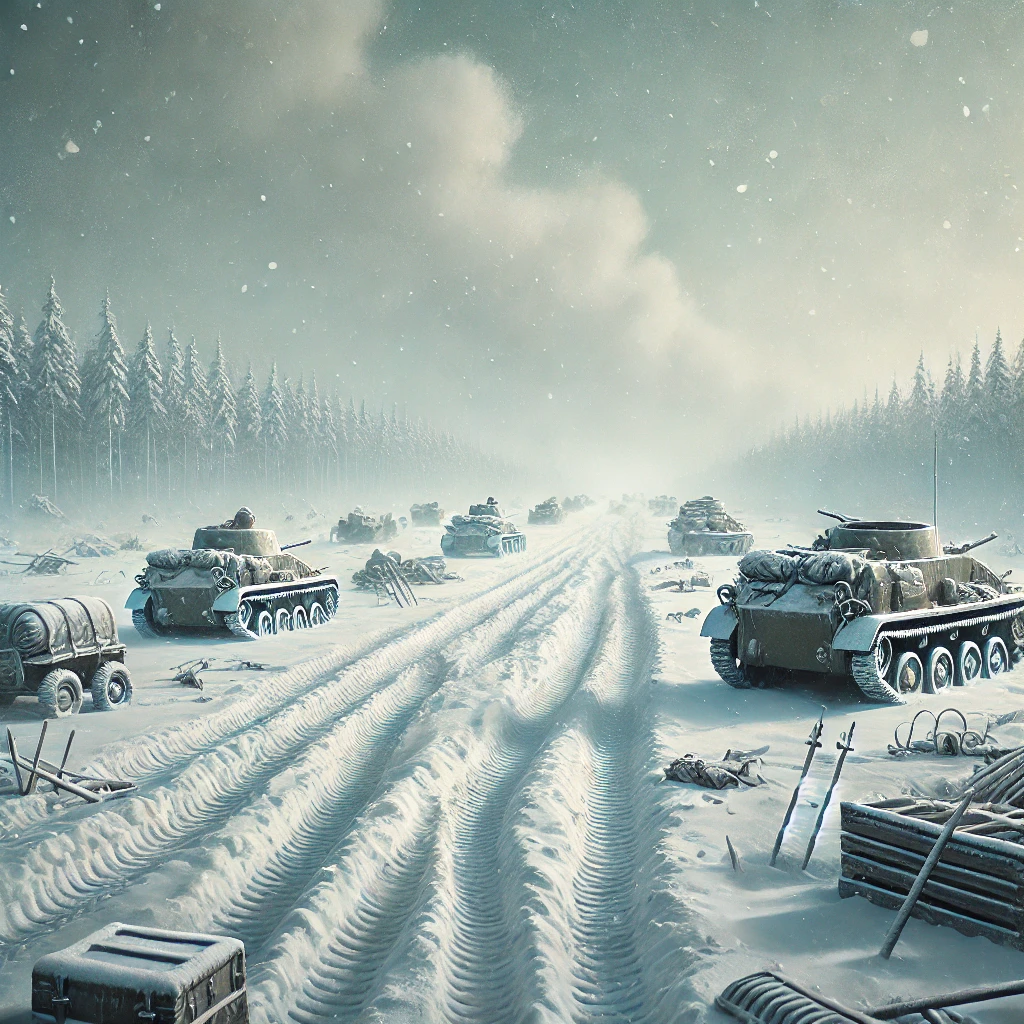
I have repeatedly reminded that it is incorrect to determine the pace of the offensive and, in general, the results of specific stages of combat operations by the square kilometers of enemy territory captured. For example, the Soviet offensive at Stalingrad began after the depletion of the Wehrmacht grouping in long, brutal battles for mutual destruction in the fall and winter of 1942-43. There would have been nothing without these battles. And such a long “trampling” in the area of Rzhev, on the contrary, had an extremely negative impact on the military potential of the Soviet army. In the logic of some modern military observers this standing of the front can be likened to the situation in Donbass.
Nevertheless, having no information about the true state of affairs and having to rely only on official reports, the media are frantically searching for some tool that would allow them to give an integral assessment of the events. And both sides of the front are habitually counting in square kilometers captured per day/week/month. If we summarize all available maps with the front line marking, we will see that in December and early January the RF Armed Forces occupied about half as many square kilometers as in November.
A month is already a trend. Is this a sign of the long-awaited in Kiev exhaustion of the offensive impulse of the RF Armed Forces? Many Ukrainian media outlets say so. Yuriy Butusov, a well-known Ukrainian military blogger, said that recently the AFU command has sent no less than seven newly created formations (including those abroad) to Donbass. These are brigades of the so-called 50th series No. 150, 151, 152, 153, 154, 155, 157. No later than December they were sent to Pokrovsk, Kurakhovo and Bolshaya Novoselka.
From reports from the front, it was already known at the end of the fall that these brigades were participating in defensive battles at the edge of the Russian Armed Forces’ offensive by at least separate battalions. In addition, there were two more brigades on the operational maps of the Russian command, which I myself considered to be Syrsky’s strategic reserve. Thus I do not refer to a reserve created from units withdrawn for replenishment in operational depth, but to brigades newly created abroad or on the right bank of the Dnieper – this is a distinctive feature of the military construction of the Ukrainian armed forces.
The redeployment of Ukrainian brigades to Pokrovsk, Kurakhovo and Bolshaya Novoselka sums up the “square kilometer statistics.” The advance of the Russian Armed Forces in the selected areas in December-January was not stopped, but sharply slowed down by the introduction of the AFU’s virtually strategic reserve into the battle. Knowing Syrsky as a very cautious commander, we can assume that he will not leave himself without reserves at all.
And yet now we must keep a double eye on the rate of advance of the Russian Armed Forces – if this is a sign of depletion of Russia’s military potential, we will determine this before the summer. If the pace increases again, it means that the AFU used as many as nine fresh brigades to create a military advantage before peace talks with Trump and Russia.
That is, once again, as in Kursk region, a purely political goal was pursued. And I don’t remember the AFU spending precious reserves like this after the counteroffensive in the summer of 2023.
What are nine brigades? Depending on manning, it is from 25 thousand to an incredible figure of 50 thousand fighters. After all, it correlates with the Russian Defense Ministry’s statement: in the DNR, Russian troops defeated the formations of nine different brigades of the AFU. These fighters will no longer be in the reserve of the AFU. Mike Waltz’s demand to lower the draft age in the AFU is becoming more and more urgent.
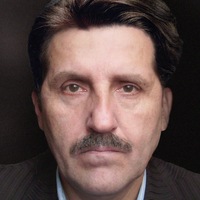
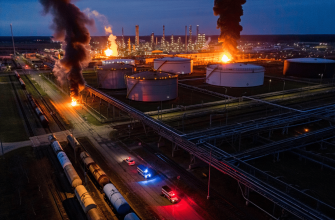
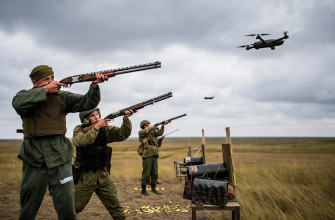
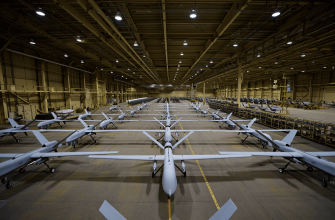
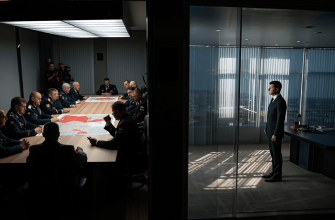
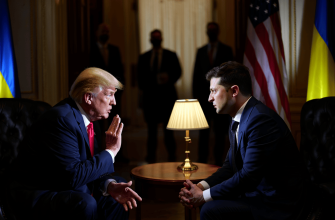
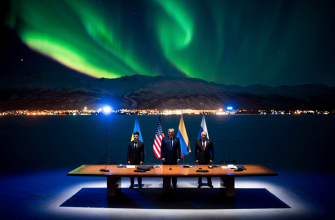
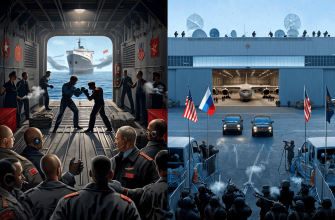

It is fascinating how numbers on a map can never fully capture the complexity of human struggle and endurance in conflicts. The idea that territorial gains measured in square kilometers could represent victory overlooks the deeper realities of war such as exhaustion, strategic reserves, and the weight of political aims behind military decisions. This reflection reminds me that every number on the frontline is linked to countless individual lives and difficult choices made in uncertainty. The dynamics of strength and depletion in armed conflicts reflect not just military capability but the resilience and sacrifices of people involved, painting a somber portrait of the true cost of war. 🌿
This analysis really opens my eyes to how misleading it can be to judge the progress of a conflict just by the amount of territory captured. The human and strategic aspects behind these numbers are so much more complex and intense 💥🧠🔥. The idea of fresh brigades being thrown in as reserves and the political motivations behind these moves adds a whole new dimension to understanding the situation. It feels like a reminder that wars are never just about lines on a map, but about lives and difficult choices that shape everything. This definitely makes me think deeper about the reports I see every day!
This analysis provides a much-needed perspective on why territorial gains alone are a misleading metric for assessing military progress. The comparison between the costly battles of Stalingrad and the prolonged engagements at Rzhev emphasizes how attrition can wear down forces beyond just land captured. The introduction of new Ukrainian brigades shows a clear strategy to bolster defenses, but it also raises questions about sustainability given the heavy losses mentioned. It will definitely be interesting to see how this develops in the coming months and what it means for the larger political and military objectives at play. 🔍🤔
Guess war math is really just about how many square kilometers you can grab before your coffee gets cold. Nothing like turning brutal human conflict into a game of risk on a geopolitical scale. At least someone’s keeping score, right? 🧐
The article offers a nuanced perspective that goes beyond the usual focus on territory gained or lost, highlighting how military operations are far more complex and influenced by factors like strategic reserves and political decisions. The comparison of prolonged battles and their varying impact on military potential really stood out, especially when considering historical examples versus the current situation. The detail about the newly formed brigades and their deployment sheds light on how both sides are managing their forces under intense pressure. It will be interesting to see how the pace of the offensive develops in the coming months and what that says about the broader strategic picture.
The article provides a nuanced perspective on evaluating military progress that challenges the simplistic emphasis on territory gained measured in square kilometers. The comparison to historical battles like Stalingrad and Rzhev helps highlight the complexities of modern warfare, where attrition and strategic reserves play critical roles beyond mere map advancements. The detailed insight into the deployment of Ukrainian brigades, especially the identification of newly formed units as a strategic reserve, underlines the high stakes and resource management challenges faced by both sides. The mention of potentially depleting reserves and its political implications adds depth to the discussion, illustrating how military decisions are often intertwined with broader strategic and diplomatic objectives. Overall, the article encourages a more critical analysis of frontline developments rather than relying solely on territorial metrics to assess the situation.
This analysis really sheds light on how raw numbers like territory gained don’t tell the full story in war, especially when it comes to the human cost and strategic reserves being thrown into the fight. The idea that political objectives shape military moves so heavily makes the whole situation even more complex and grim. It’ll be interesting, though disheartening, to see how the flow of fresh brigades affects the conflict’s pace going forward. War is never just about maps and kilometers, it’s about the people behind those numbers 💭🔥
This article provides a clear perspective on why measuring the success of military operations just by territory gained can be misleading. The focus on troop movements and strategic reserves gives a deeper understanding of the situation on the ground beyond simple numbers. It will be interesting to see how the coming months reflect changes in military capacity and political motivations.
Counting square kilometers captured sounds a bit like measuring how many steps you took during a marathon to decide who won the race. Battles are more like messy, exhausting puzzles than land grab contests. Sending nine fresh brigades sounds like the AFU is playing a high-stakes game of chess while the rest just watch from the sidelines wondering if they packed enough snacks. Hoping this strategic reserve stuff works out better than my attempts to keep a plant alive.
This article really highlights how complicated it is to analyze military progress just by looking at territory gained or lost. The comparison between historical offensives and the current situation makes it clear that numbers on a map don’t tell the whole story. It’s fascinating to see how much strategy goes into deploying new brigades and reserves, and how political goals influence military decisions. The human cost behind these numbers is staggering, especially when considering the thousands of soldiers involved and the impact on their futures. It’s a reminder that war is never just about square kilometers but about people and choices that shape the course of history.⚔️
It’s fascinating how the article points out that measuring success by square kilometers captured is like judging a movie by its poster. The bit about newly created brigades being thrown into the mix almost sounds like a military version of desperate last-minute group project submissions. And the comparison between past battles and current operations makes you wonder if history is just repeating itself with different costumes. At this rate, watching the pace of advances might be less about strategy and more about who ran out of coffee first.
This article really highlights how complex and strategic military operations are, beyond just the numbers and territory gained. It’s a powerful reminder that behind every advance or slowdown, there are huge human efforts and difficult decisions happening. The way the Ukrainian forces are managing reserves shows real determination and resilience, which is inspiring to see in such challenging times. Staying informed with such detailed analysis helps us understand the bigger picture much better 🙌🔥
This analysis really shows how complicated and costly these military operations are, and why just counting territory doesn’t tell the full story. The use of fresh brigades by Ukraine definitely changes the dynamics on the front. 🔍
The article provides a nuanced perspective on how measuring progress solely by territory gained can be misleading in understanding the dynamics of military operations. It’s interesting to see how the introduction of new Ukrainian brigades has significantly impacted the pace of the Russian offensive, highlighting the importance of reserves and strategic depth in modern warfare. The comparison to historical battles also adds valuable context for interpreting current events. It raises important questions about the sustainability of these forces and how political objectives continue to shape military decisions. Certainly a complex situation that requires looking beyond just numbers on a map 📊
This analysis really highlights how measuring progress solely by territory gained can be misleading in understanding the dynamics of a conflict 🧐. The comparison between the Soviet offensives and current events brings a deep historical perspective that is often missing in headlines 📉. It’s intriguing to see how the introduction of fresh brigades influences the pace without necessarily indicating total exhaustion of forces 💡. The political motivations behind military decisions add another complex layer to consider, and the scale of troop deployments mentioned is quite staggering. Definitely gives a lot to think about when following the ongoing situation! 🔍
This analysis really opened my eyes to how complex and multi-layered these military operations are. It’s so easy to get caught up in just looking at the territory gained or lost, but there’s so much more happening beneath the surface that shapes the outcome. The idea of fresh brigades being thrown into critical battles and the huge number of soldiers involved is staggering 😳🔥. It makes me wonder about the human cost and how these strategic choices impact not just the military but the people living through this. The caution of commanders and the connection to political goals add so many layers to understanding the conflict. Definitely a lot to think about, and I’ll be watching to see how the pace of this conflict changes in the coming months 👀💭.
Wow, reading this felt like watching a war-themed soap opera where the only plot twist is counting how many square kilometers someone managed to capture this week. 🙄 So now the measure of success is basically land-grabbing stats, and don’t forget those fresh “strategic reserves” getting thrown in like a last-minute plot device. If only real conflicts were as simple as tallying brigades and territories like points in a game. Meanwhile, somewhere someone is probably sipping coffee, scrolling through official reports hoping to find a real clue instead of just political maneuvering dressed up as military strategy. 🧐🔥
This analysis really makes you think about how complicated military operations are, beyond just the numbers of territory gained. 📉 The point about newly created brigades and the shifting strategies shows that this conflict is as much about resources and reserves as it is about frontline gains. It’s sobering to realize how many lives and efforts go into each small advance, and how political motivations can influence these huge stakes on the battlefield. ⚔️🇺🇦 The idea that fresh brigades keep getting thrown in highlights the almost endless cost for both sides. Hoping for a resolution soon because all this back-and-forth seems so exhausting on every level. 🙏
The article provides a nuanced perspective that goes beyond the simplistic metric of territorial gains to evaluate military progress. It highlights the complex realities on the ground where factors like troop exhaustion, strategic reserves, and political objectives greatly influence the pace and outcomes of the offensive. The comparison to historical battles, such as Stalingrad and Rzhev, emphasizes how prolonged engagements can both deplete forces and play a critical role in the broader war effort. The detailed analysis of the Ukrainian brigades’ deployment also sheds light on how the conflict is not just about immediate territorial control but involves long-term attrition and strategic positioning. Monitoring changes in offensive momentum remains essential to understanding the evolving military dynamics and potential political implications of the conflict.
This analysis really opens my eyes to how complex and multi-layered military operations are, far beyond just the territory gained or lost 📉🧠. It’s fascinating how the numbers of brigades and their movements reveal strategic priorities and the enormous human cost behind these figures 😔💔. The idea that political goals can drive such massive deployments makes the whole situation even more intense and uncertain. Definitely makes me think twice before accepting any simple narrative about the progress of the conflict.
{comment: As a regular reader, I appreciate the attempt to separate battlefield tempo from the number of square kilometers captured, because geography and depth matter as much as coordinates on a map. The piece rightly points out that long, costly engagements can wear down both sides and that a front line in December can look different from November due to reserves and redeployments. I would push back a bit on the brigade count math though; nine brigades with 25k to 50k fighters each would exceed plausible frontline strengths and seems to mix units in a way that could mislead readers about the real scale of forces involved. It would help if the analysis clarified whether the author refers to entire brigade strengths including support units or just infantry, and how many actually remained in frontline combat at once. Also the article hints at strategic aims behind reinforcements and talks about peace talks with Trump and Russia, which feels speculative; I would prefer explicit sources for those claims or a clearer line between reporting and interpretation. Still, the emphasis on indicators beyond surface gains tempo, reserves, logistics, and casualty rates is exactly what military readers should look for. A more transparent method for projecting when a front might reach a tipping point would make the argument stronger 🧭}
As a guy, I find this analysis worrying and plausible 😟📉
So everyone is just playing a very expensive game of map coloring and calling it strategy now, fascinating how nobody wants to talk about the actual grinding part before the big move.